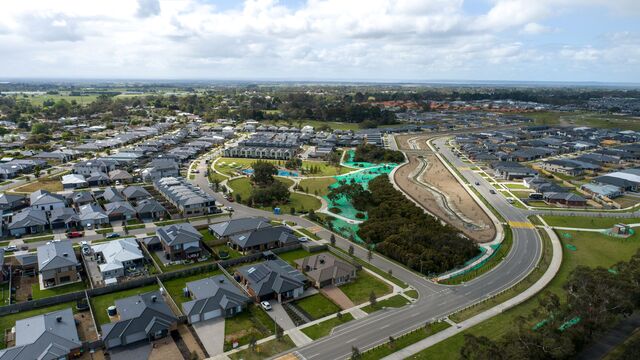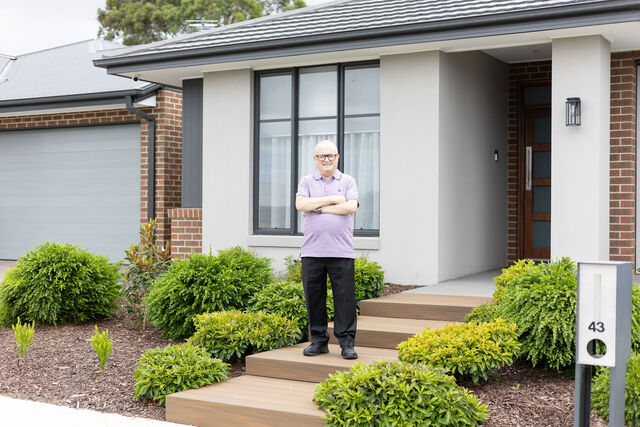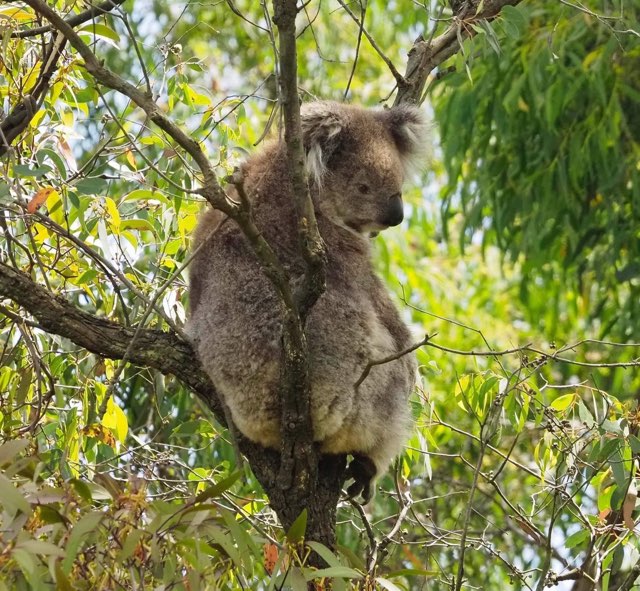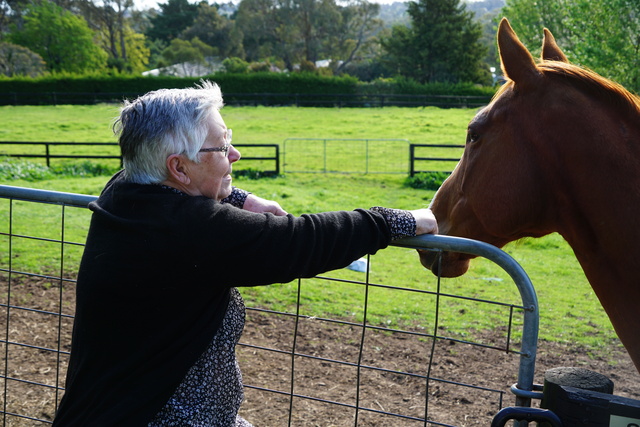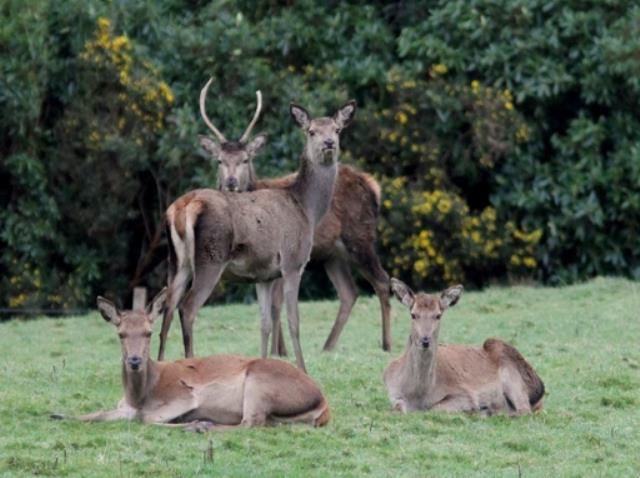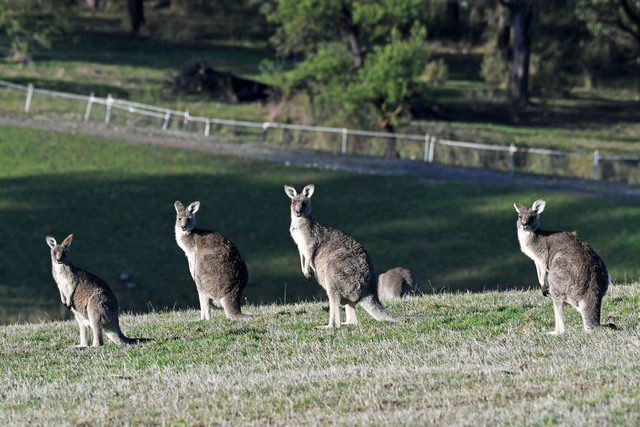A new nature-inspired community has finished construction in Junction Village, and its developer says the community turns environmental constraints into a haven for residents and fauna.
Launched to market in 2019, Octave now houses hundreds of residents living across 321 lots spanning 210 to 1,237 square metres.
Dr Andrew Ashwood, managing director of Developments from developer Jinding, said Octave’s setting alongside the Royal Botanic Gardens of Cranbourne presented many challenges and constraints.
Octave’s masterplan was developed in response to a range of environmental requirements as well as a vision by the City of Casey to improve livability through the provision of open space and preservation of nature.
At the heart of Octave’s urban design is 5.7 hectares of open space, comprising active parkland, reserves and conservation areas.
Harmony Park and the conservation reserve boast 2.98 and 1.2 hectares of open space, respectively, while there are also two kilometres of shared walking and bike paths.
Bound by Southern Brown Bandicoot Conservation within the Precinct Structure Plan (PSP), the development provides solutions for the crossing of the Southern Brown Bandicoot with safe passage under roads.
Landscaping incorporating indigenous trees and plants also aims to facilitate the movement of the Southern Brown Bandicoot.
Culverts have also been installed under the roads to ensure safe passage for the Southern Brown Bandicoot and other wildlife species. Octave is also a cat-free community.
Working with the Department of Energy, Environment and Climate Action (DEECA) and the City of Casey, the developer assessed the site to ensure that high-value trees were retained.
Another civil infrastructure that’s been integrated into the project to enhance its overall appeal is stormwater treatment.
For instance, a Melbourne Water drainage outfall running through Octave treats stormwater for the catchment area.
This stormwater quality treatment runs through a drainage reserve encompassing more than two hectares, reducing the environmental impact of stormwater on the developed areas and their natural surroundings.
Landscaped, this feature serves residents and serves as an additional water source for wildlife.
Resident Eamonn Milloy said Octave is a beautiful place to live with all the wildlife surrounding them.
“You hear the kookaburras in the morning and are right next to the gardens. It’s not like a normal estate. It’s a hidden gem,” he said.
Octave was shortlisted in last year’s Urban Development Institute of Australia (UDIA) Awards residential subdivision category.
“Octave was not a simple proposition. From endangered animal safe crossings, prescripted parks and open space, to connectivity with an abutting established suburb, Octave was not about simply delivering a liveable and appealing community within the bounds of the site restrictions but embracing those constraints and amplifying opportunities to elevate the area to deliver the most worthwhile and vibrant community possible,” Dr Ashwood said.
“While the site constraints could have been intimidating, we took a positive view and were determined to show how design, innovation and engineering could create immense benefit.
“We wanted to establish a new bar for residential land development and inspire both the industry and community.”

